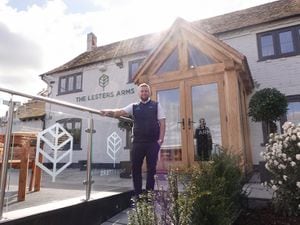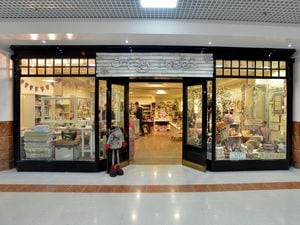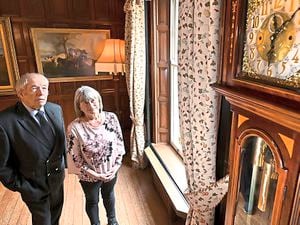New exhibition explores paintings of iconic Stafford castle - with pictures
It is the iconic 900-year-old castle that still sits proudly to the west of Stafford overlooking the town.
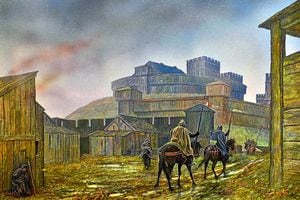
But a new exhibition has provided an insight into the daily life of the once bustling fortress which for generations has been the seat of some of the most influential and powerful families in the region.

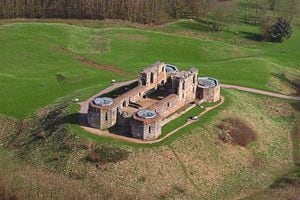
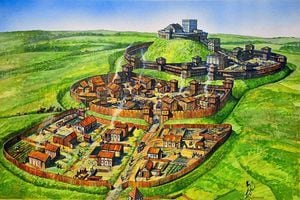
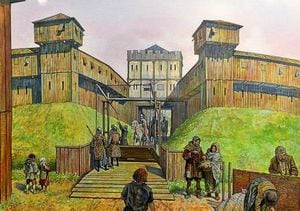
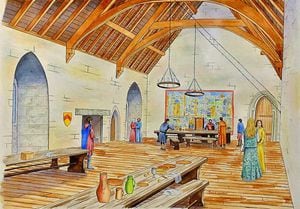
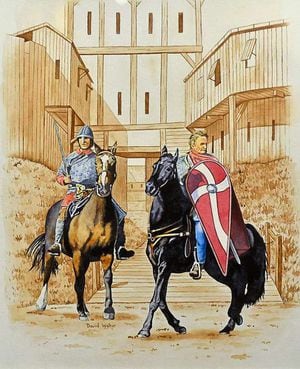
Several pictures have been on display at the town's Ancient High House museum, including paintings, prints, photographs and postcards which ranged from everyday street scenes with the foreboding castle looming in the background to stunning landscapes depicting its true elevated position above the rest of Stafford.
Norman lord Robert de Toeni, also known as Robert de Stafford, built the original timber fortress in the 1070s.
It was a typical example of the 'motte and bailey' system of building castles derived from the Norman French words for mound and enclosure.
In 1347 the 1st Earl of Stafford, Ralph de Stafford, ordered that a stone keep be built on top of the wooden structure which was soon followed by the installation of battlements – the parapets which had openings for shooting through.
Historians declare that the castle entered its 'heyday' in the 15th century after Humphrey Stafford was created 1st Duke of Buckingham in 1444, becoming one of the greatest landowners in England and gaining power over any English duke not of royal blood.
But in 1643 during the English Civil War Stafford Castle was captured by Parliamentarians and demolished, albeit after it was gallantly defended by Lady Isabel.
Its remnants faded away further over the next century until it was partly rebuilt by the Jerningham family in Gothic Revival style in 1813.
Throughout the 19th century it was gradually restored to a glorious four-storey structure but in 1949 the fortress's last caretakers vacated the castle rendering it derelict once more.
During the next decade it became a target for vandals prompting Lord Stafford to give the keep to the local council in 1961.
A year later and most parts of the castle were reduced in height after a boy fell to his death from the south front.
Excavations at the site began in 1978 unearthing the complex archaeology of the site.
A heritage trail was established in 1988 while in 1992 the purpose-built museum opened below the castle mound.
The historic fortress, which is Grade II listed, currently hosts events every summer with the largest being the annual open air Shakespeare productions.
Today the site extends to 26 acres consisting of the keep, inner bailey, outer bailey, woodland, visitor centre and car park.
Another significant attraction which gives an insight into part of the fortress's history is the herb garden.
An inventory taken in 1537 revealed how important herbs were to daily life within Stafford Castle. Much faith was placed in their uses which included medicinal, aromatic and edible purposes.
The garden contains 16 beds each containing herbs related to specific illnesses.
Anyone who missed the exhibition can learn about the castle's history through an audio visual display at the site's visitor centre.
There are also plenty of relics from its past including armour, weapons and costumes.
Visitors can also try their hand at coin minting, the process of manufacturing coins, and brass rubbing, the reproduction of monumental brasses onto paper.
A timeline within the venue also provides a plotted history of Stafford Castle in relation to what was happening nationally throughout the centuries.
The shop also provides a wide range of souvenirs as well as a large stock of Stafford-related history books.
The castle is located on Newport Road and is open throughout the year. Between April and October it is open from Wednesday to Sunday and Bank Holiday Mondays from 11am to 4pm.
Between November and March visitors can go along Saturdays and Sundays during the same times. Admission is free.

